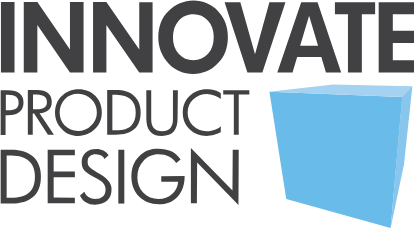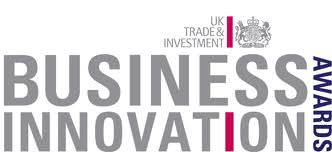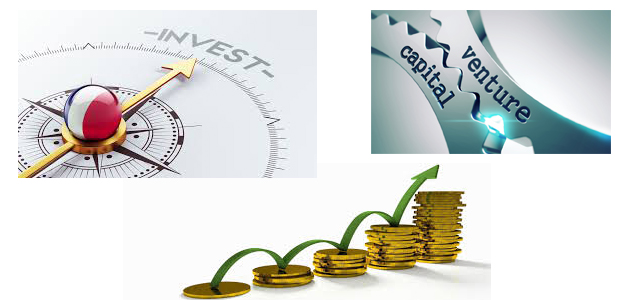Venture Capital Investment in the US
What you need to know before you spend your moneyWhen starting a company or investing in a new product idea or innovation, finding the means in which to fund the operation can be quite difficult. This is due to the substantial risk involved in such a venture. Those which get funding for their start-up usually do so through various venture capital investments from other parties and/or businesses. It is therefore paramount that an individual understand the basics of Venture Capital Investments in the United States in order to cater their ideas to potential investors. Investors should understand the basics of venture capital in order to properly determine the risk involved with their invested capital.What exactly is Venture Capital Investment?Capital investments are those investments in which private investors or larger businesses put a financial contribution into the business with the hopes of seeing it yield a high return upon investment. The venture portion of the definition is that the business has to have substantial risk elements. Why would someone put money into a startup or a product idea that shows substantial risk? The answer is profitability and long term returns.Where there is great risk, there is great rewardVenture capital investments in the US typically involve a Business to Venture investment. The structure varies depending on how you have your business set up or from the projected ROI on your innovation. Typically, an investor will require a percentage of the company, royalties, or landmark returns on the investment. Here is where the investor will make the biggest yield on their capital. It is similar to playing the stock market just with a business. Here is a hypothetical scenario to illustrate how investing in venture capital works:If I have a company that states that I can buy into their venture for $30,000 with a 20% return on the profits after the first 4 years. I understand that for 4 years I will not see any return on this investment. The ROI on the first 4 years is non-existent. However, if after the first 4 years the company starts to have profits of $1.3 million a year, then my portion of those profits would be 260,000. This would be a substantial return on the initial investment.How Venture Capital in the United States Works…realisticallyProduct inventors and innovators should understand that companies are in the market to make money, just as investors are in the market to make money from their idea or start-up. This means that the venture capital investor will only put money into a venture if they believe that it is going to have success in the long term. This is why it is very difficult to find a sole investor for a new venture.However, the capital venture investment market is still booming. With sites such as Kickstarter giving funding to such startups (and allowing those startups to offer incentives and rewards for the person’s investments), funding can be obtained. While these are not traditionally considered venture capital investments, but rather crowdfunding investments, it could be argued that this is a form of venture investment as those donating their money are doing so under the premise that they will be rewarded (in large or in part) by the success of the venture or start up. As most of the smaller funding does not require a tremendous amount of capital on the investor’s part, the company can grow and show profits and higher ROIs.You can view an an overview of the US Venture Capital Industry hereWhat inventors should avoid when seeking venture capital investmentIt is a cut throat world out there and businesses are no exception. Start up businesses should avoid P2P contracts where the investor gains a 51% or more share of the company. Where there may be a substantial amount of money involved in such a contract, ceding over 50% of the ownership means lost control of the business. Investors should also avoid taking on too many investors with promises of a yield on profits. If the venture capital investment process cuts up too many pieces of the proverbial pie, then there will be little left for the original inventors/owners. Above all, always have legal representation when entering into a contract that involves your company, payment schedules, returns, or anything else regarding the capital and finances exchanged between parties.Do you have questions about venture capital investments? We can clarify them for you.Innovate Product Design understands that one blog article will cannot explain the complexities of the investment market. You may still have questions about how to get started with your project, idea, or start up. To get started, please visit our website and download our free “How To” guide. This guide will help you get your idea secured so that when seeking investors, your idea or company is safe. Once you have read through the guide, use our site to contact us with any questions you may have about capital venture investments, which companies are the best for such investments, and how to understand your risks. Innovative product Design can work with you to help you formulate, market, and execute a plan to get the investment you require to see your big idea become the next biggest thing.



